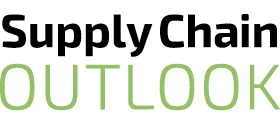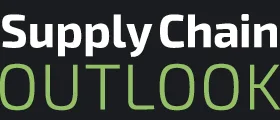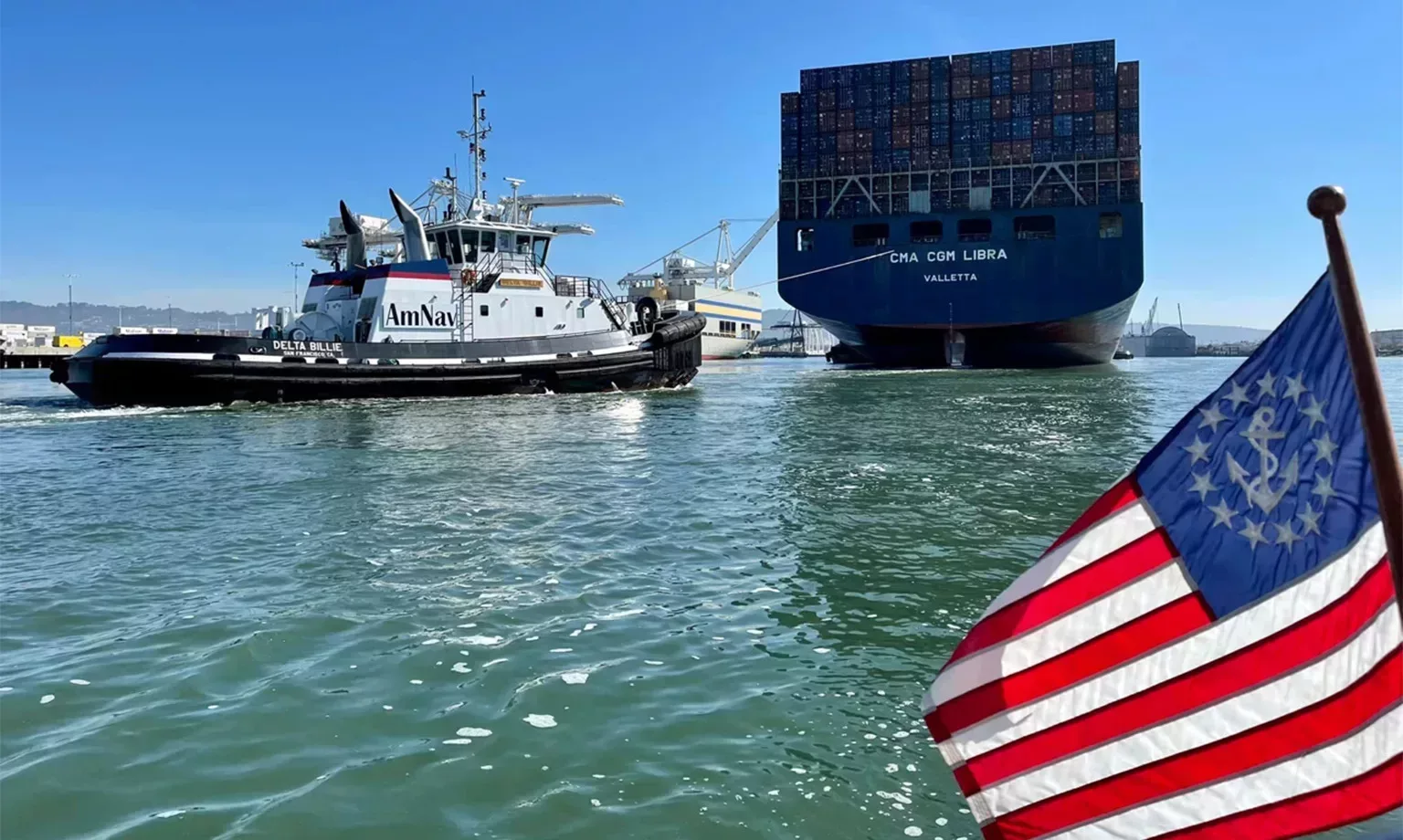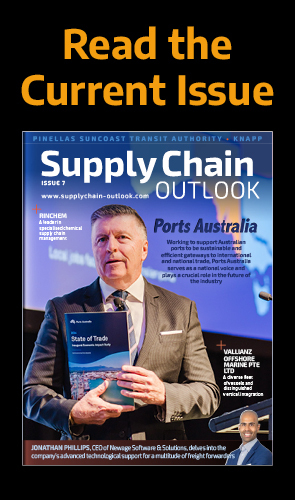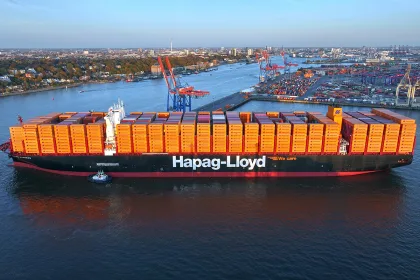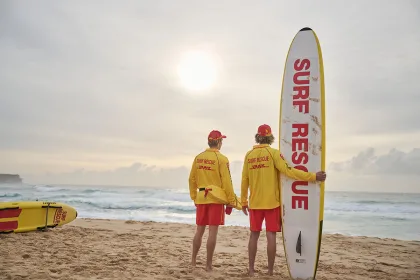MARITIME OPERATIONS
Saltchuk Marine’s business is centered around the tugboat, from towing Young Brothers barges between the Hawaiian islands to assisting ships in and out of the harbors from Anchorage, Alaska to Long Beach, California.
“We provide rescue tows around the world and emergency response when called upon. As proven by the COVID-19 pandemic, we are an essential service that keeps the wheels of commerce turning,” Childs says proudly.
This year, Foss Offshore Wind will deliver Jones Act compliant barges with offshore wind equipment to help build the first large-scale offshore wind farm in the US – Vineyard Wind I.
Foss Maritime, meanwhile, provides harbor ship assistance and escorts in Alaska, Washington, Oregon, Hawaii, and California. Additionally, Foss Maritime’s Project Services division operates throughout the world.
“Recently, Foss Maritime towed the former USS Kitty Hawk 16, 350 nautical miles from Bremerton, Washington to Brownsville, Texas around the southern tip of South America through heavy seas and gale force winds,” Childs tells us.
The likes of Foss Offshore Wind and Foss Maritime are not the only Saltchuk Marine companies making positive contributions. Young Brothers has a hub and spoke operation based in Honolulu, where goods come into the terminal located in the port and are then distributed to the outer Hawaiian islands via barge and tug transport. Hawaiians are reliant on Young Brothers’ services for their provisions, vehicles, and livestock transport.
Whereas AmNav operates out of Oakland and Long Beach, both in California, providing harbor ship assistance to customers in the San Francisco Bay and the LA/Long Beach harbors, it also provides rescue tows off the California coast when called upon.
In a decidedly colder climate, CITB, based in Anchorage, is the state’s tug and barge company. It provides marine services throughout Southcentral Alaska, Cook Inlet, and the Port of Anchorage. CITB takes pride in providing excellent services in a unique and challenging environment in the waters of Alaska.
Subsequently, Foss Offshore Wind was created to be a leading provider of installation, laydown, supply, and transportation services to the burgeoning US offshore wind industry. Foss Offshore Wind is uniquely positioned to provide customers with the full range of onshore and offshore support services.
“Initially, we established proof of concept with the New Bedford Foss Marine Terminal. We will provide office space, laydown space, terminal warehousing logistics and workshop, a marine coordination center, and berthing and fueling facilities that can be replicated in Rhode Island and possibly other locations,” Childs enlightens us.
Saltchuk Resources provides the operating companies with capital investment, legal, finance and administrative expertise needed to operate and compete in today’s maritime environment.
“Safety is our first priority and remains in the DNA of all operating companies. Saltchuk Marine wants all its companies to be the kind of place where we wouldl be proud for our children to work,” Childs says.
Saltchuk Marine employees are honest and ethical in their performance for the company, and are encouraged to Speak Up and Take Action when they have a concern.
“As a family business, we are not driven by Wall Street, but by a desire to be the best in our industry. Not the biggest, but the best. We provide critical services to our communities, both metropolitan and remote, so we are motivated to care for people and the places they call home,” he adds.
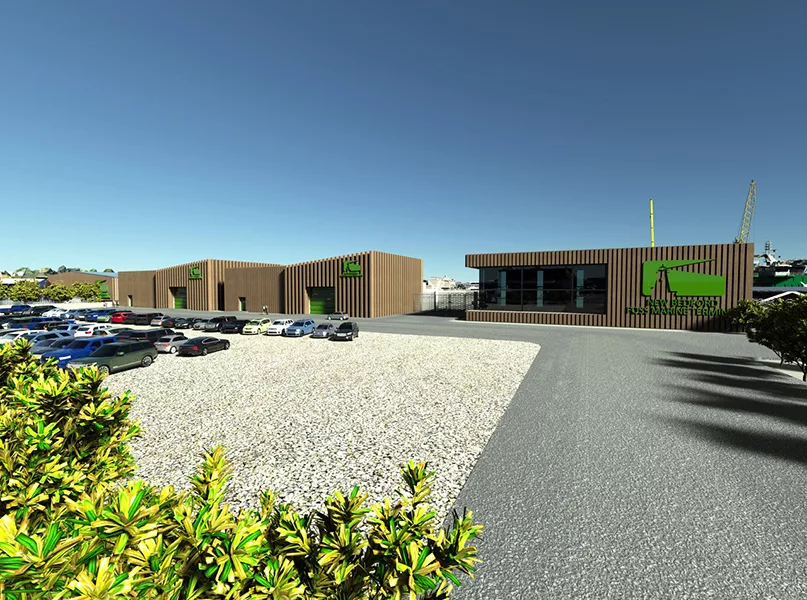
NAVIGATING THE WAVES
The shipping industry has changed dramatically in the last few years, as it has had to adapt to major headwinds such as the COVID-19 pandemic, economic uncertainty, and global instability alongside an increasing environmental agenda.
“The movement of agricultural products and petroleum has shifted significantly due to supply disruptions paired with strong demand. The pressure to transport goods quickly and economically across the ocean has amplified,” observes Childs.
As a large operator, Saltchuk Marine needs to maintain flexibility and shift as the market evolves. This includes using technology and predictive analytics to be more agile and proactive, however the transportation of goods in line with the economy is not the only pressure the company is facing.
“We are also striving to reduce our environmental impact through alternative fuel use, more efficient dispatching, and development of the offshore wind industry,” Childs continues. “Our industry must continually evolve to meet the increasing demands of the market.”
In 2009, Foss Maritime designed and built the world’s first diesel-electric tug – the Carolyn Dorothy, which is still in operation. By 2022, Saltchuk Marine had repowered all tugboats working in California to Tier 4, significantly reducing emissions.
“We also trialed biofuel in Northern California in Foss Maritime’s Alta June tugboat, and we continue to be the market leader in environmental safety,” Childs states.
Saltchuk Marine has implemented a fuel reduction initiative and is exploring alternative fuels to minimize greenhouse gas (GHG) emissions and decrease the negative impact on marine environments.
“The maritime market, particularly offshore, needs more Jones Act vessels to support the line-up of offshore wind, liquefied natural gas (LNG), and petroleum projects currently in the pipeline.
“Economic uncertainty, along with the lack of a clear choice on fuel types, stalled the investment in new ships for too long. As a country we need to invest in building Jones Act-compliant vessels and preparing existing and future mariners to service this bedrock industry,” highlights Childs.
The whole Saltchuk Marine organization is committed to operating in a way which minimizes the negative impact on the environment. Its goal is to be an industry leader and innovator regarding its stewardship of the environment, as investments in clean technology and alternative fuels have set new standards in reducing carbon emissions and improving air quality in the transportation industry.
In fact, senators have recently introduced two bills: the Maritime Pollution Accountability Act and the Clean Shipping Act of 2023. The former aims to clean up the air around port communities and will impose a pollution fee on large vessels offloading cargo in the US, whereas the latter will establish a baseline next year for GHG emission intensity with the requirement that it is cut by 45 percent by 2030.
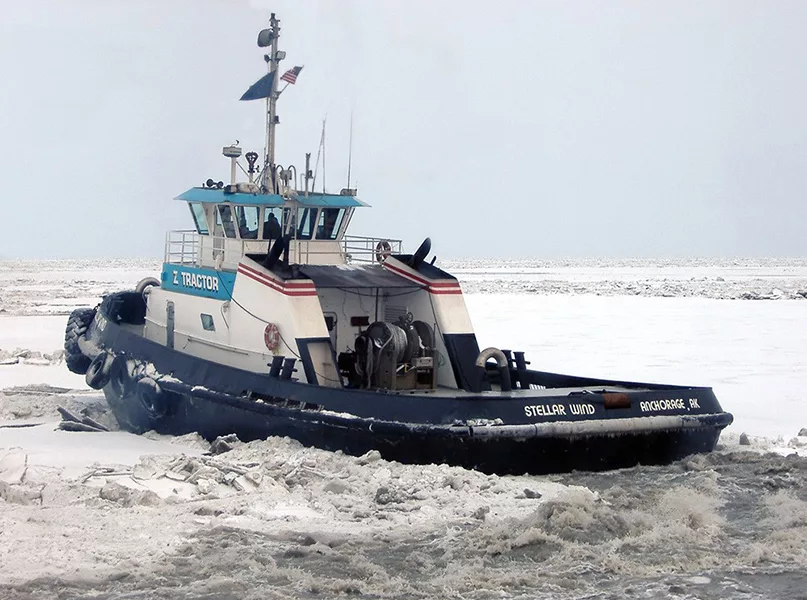
A BENEVOLENT ORGANIZATION
Charitable acts are a cornerstone of Saltchuk Resources. Last year, the organization pledged $500,000 to support the launch and sustenance of Maritime High School, in which Foss Maritime, TOTE, and NorthStar Energy were also involved.
The donation is an investment in the future of maritime careers as this year the second freshman class gathered to launch four hand-built canoes. The school, based in Des Moines, Washington, uses project-based learning and STEM education to encourage and inspire students to consider maritime careers.
By graduation, students will have the skills to pursue a maritime vocation. Next year’s freshmen will build a different type of boat, but each canoe so far has been built for the Duwamish River – a major shipping route for containerized and bulk cargo.
Furthermore, Saltchuk’s Hawaiian companies and employees proudly support their communities by giving time, money, and services to organizations and causes that matter to them. Indeed, financial and in-kind support to local charities and organizations in 2022 exceeded $300,000.
One of Saltchuk’s Hawaiian companies’ proudest achievements is sponsoring dozens of island students in the distance learning EMBA program at the University of Hawaii’s Shidler College of Business.
In fact, during the COVID-19 pandemic in 2020, the Saltchuk Giving Initiative donated $60,000 to local food banks in the Hawaii region. Four food banks benefited from the charitable act – two on the island of Oahu, one on the island of Kauai, and one on the island of Maui, each receiving $15,000.
Investing in community is at the heart of what it means to be a Saltchuk company. Over the last five years, Saltchuk companies have given an average of $4 million each year, totaling more than $21 million in cash and in-kind support to the communities in which it operates. Most recently in 2022, Saltchuk companies contributed $5.7 million in cash grants and in-kind services to the communities where employees live and work.
